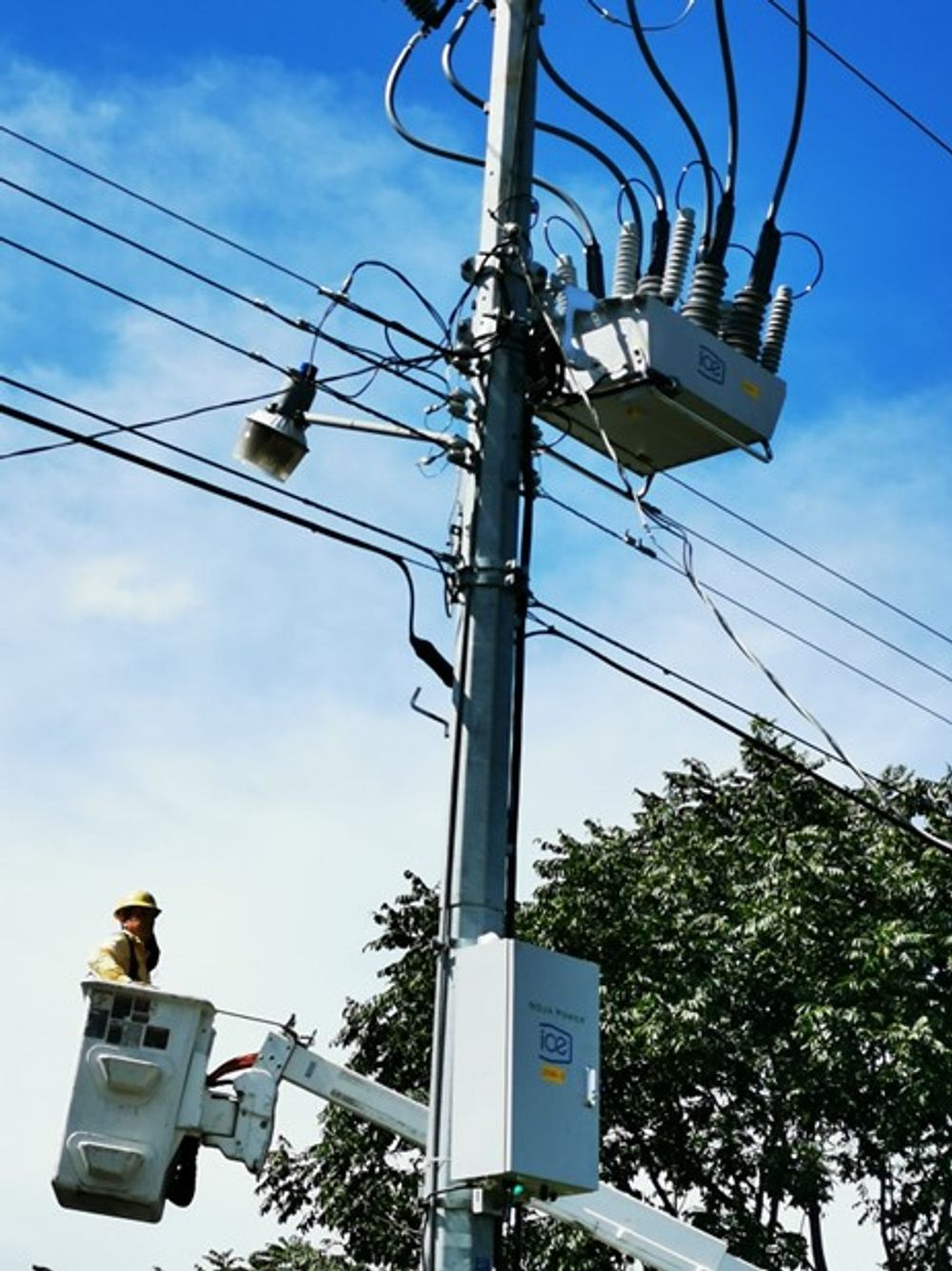Technical Article
Published 06/2023
How to Process Synchrophasor Data

Synchrophasor data are GPS timestamped measurements of the electricity distribution power grid. Unlike local measurements of voltage, current and frequency at an individual power system asset, the GPS time synchronisation of Synchrophasor measurements allows for comparison across the distribution grid.
This allows engineers to calculate network impedances, detect equipment failures, forecast loads, and plan their distribution networks under the growing influence of renewable generation and battery storage.
Synchrophasor capture is achieved with devices called Phasor Measurement Units, or PMUs. And today, that capability is available in distribution reclosers, such as NOJA Power’s OSM Recloser system with RC-20 Control.
The question remains, once that data is captured, where should it go, and how does the engineer analyse it? In this article we provide some open source options to achieve this.

Phasor Data Concentration – PDC
Synchrophasor data from multiple PMUs are streamed into a data concentrator system, called a Phasor Data Concentrator or PDC. This system aligns the data based on the GPS time-tag, so that the streams of phasor data can be compared and analysed by other software applications.
A common open source option is the Grid Protection Alliance openPDC. This system uses multiple protocols, such as the IEEE C37.118 synchrophasor protocol, or the IEC 61850-90-5 protocol.
NOJA Power used the GPA openPDC in their rollout of the ARENA supported Distribution network Synchrophasor acquisition trial, where data from 100 NOJA Power RC-20 controls was aggregated from a distribution grid for analysis and interpretation.
OpenPDC is available from the Grid Protection Alliance website at https://www.gridprotectionalliance.org/phasor-PDC.html
Data Historian – Open Historian 2
Once Synchrophasor data streams are concentrated, engineers may wish to archive the information for post fault analysis. The data acquired from the PDC can be distributed to a Historian software instance, which can archive SCADA, Synchrophasor data and process control information.
OpenHistorian is an open source option for a PMU data historian, giving engineers a data warehouse option to store their network information.
A distribution network with 100 Phasor Measurement Units would generate roughly 3 TB of data in 320 days when reporting 30 times per second.
This information could be used for post fault analysis, network modelling, state estimation or predictive maintenance
Conclusion
“ Synchrophasors are a powerful measurement tool for future network planning, control and even predictive analysis,,” says NOJA Power Group Managing Director Neil O'Sullivan.
“As modern communications allow big data transmission economically, more and more electricity utilities will take advantage of the synchrophasor data available to be streamed from our RC-20 recloser controls. Our customers are looking at building the capability to stream this data either into their own networks or Cloud services like Azure to create data stores for future analysis. Ultimately, we can see synchrophasors be streamed directly into distribution management systems for online instantaneous measurement, analysis, protection and control functionality.”
“ We also provide the ability to log synchrophasor data locally in our RC-20 control that can be physically recovered and imported into the tools detailed in this article as a first step into synchrophasor data analysis projects. With Synchrophasor streams being available from network assets such as NOJA Power reclosers, engineers are now able to archive their distribution network performance with precision and detail orders of magnitude greater than prior technology.”
Decreases in network inertia result in faster network dynamics, and the higher resolution of synchrophasor data shows promise as a technique to understand the modern distribution grid under high penetration of renewable generation.
For more information, visit www.nojapower.com or contact your local NOJA Power Distributor.
Want to stay up to date with Electrical Distribution Technology?
Join our list for a free weekly technical bulletin, as we share our Global Electrical Engineering experience directly to your inbox.
Subscribe →